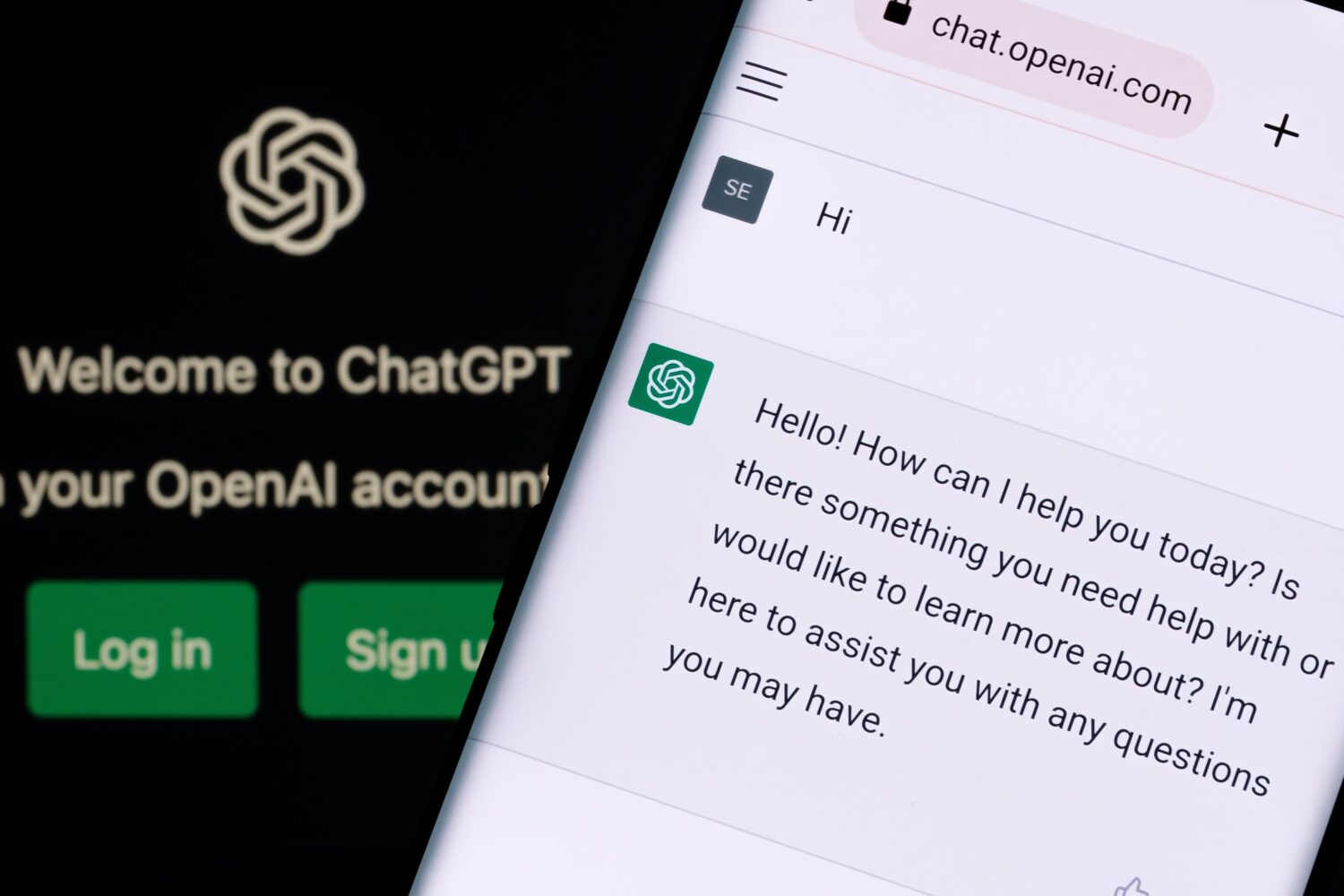Revolutionising FP&A: Democratising data science with ChatGPT
By bridging the gap between natural language and code, tools like ChatGPT empower individuals without formal programming training to harness the power of data science, writes Glenn Hopper
By bridging the gap between natural language and code, tools like ChatGPT empower individuals without formal programming training to harness the power of data science, writes Glenn Hopper

The generative AI world is moving incredibly fast, and its potential applications in the field of corporate finance and accounting are becoming ever more powerful and accessible.
In February, I used ChatGPT to write Python code to create a tool that would allow a user to upload financial statements and perform some basic financial analysis, including calculating key financial ratios, looking for correlations between accounts, and making a forecast based on historical data.
Since ChatGPT was not able to integrate directly with offline documents at the time, I even had it build a simple chatbot that would let users query the data using natural language. The project took me about 11 hours to complete. Today, I replicated that project in a little over 30 minutes using the Noteable.io plugin for ChatGPT Plus.
In the original project, “Application of ChatGPT to Build an FP&A Tool,” I had to set up a project environment in Google Colab and manually create database tables into which I could load the financial statements.
While I did not write a single line of code myself, the early version had several bugs, which required several offline fixes. It was amazing to see what could be done with this powerful new tool, but getting the project across the finish line required some basic Python and SQL knowledge.
The core goal of this new project remained the same – to demonstrate how finance professionals, even those with limited programming skills, can use AI to develop practical tools for FP&A tasks.
While we wait for OpenAI to release its much anticipated Code Interpreter, a new plugin from Noteable did an amazing job turning natural language prompts into working computer code. With this plugin, users can prompt ChatGPT directly in natural language, with the Python code being generated behind the scenes. This approach eliminates the need to look “under the hood,” making it easier for users to focus on their financial analysis tasks.
The result is a significantly streamlined process.
After going through the Noteable installation and setup process, which included setting up a workspace and uploading our financial statements,
Once the Noteable plugin is installed and a project is set up in the Noteable workspace, a user can upload their financial statements in CSV format. From there, they return to ChatGPT and start their analysis.
My first instructions were not overly specific, as I wanted to see what ChatGPT would come back with on its own. The prompt was:
ChatGPT responded by generating Python code that executed the requested analysis, tailored to the specific structure and format of the financial statement. Without looking at a single line of code, I received this response:
And the conversation continued in that manner for several more rounds of questions, which culminated in getting the program to create a forecast of the income statement with nothing more than some basic prompting through the ChatGPT interfast.
The integration of ChatGPT with the Noteable plugin is a first glance at how financial analysts and other non-engineers can will be able to use the power of LLMs to supercharge and accelerate their financial analysis.
By bridging the gap between natural language and code, these tools empower individuals without formal programming training to harness the power of data science.
This democratisation can have profound impacts. It allows finance professionals to leverage AI capabilities for sophisticated analyses without getting bogged down by the complexities of programming. This can lead to improved efficiency, better decision-making, and a deeper understanding of financial trends and patterns.
In February 2023, I predicted: “in the near future, querying financial data will become even easier with the help of natural language processing (NLP) and artificial intelligence (AI). Tools like ChatGPT can already be used to query financial data using natural language. In the future, software will be able to answer the kinds of questions that today have to be answered by a human financial analyst, saving time and improving accuracy.”
At the time I made said predication, I did not realise just how soon this would be a reality. I cannot wait to see what the next three months bring.
The successful use of LLMs for FP&A tasks underscores the wider potential of LLMs to democratise access to programming and data analysis across various domains. It paints an exciting picture of the future – a future where AI and natural language interfaces break down barriers, opening up new opportunities in finance and beyond. The future of data science is here, and it’s more accessible than ever.
Glenn Hopper’s full project is available on Noetable here. (Note: In order to see the project on Noteable, you must create a free Noteable account. If you do not wish to create an account, you can see a PDF of the project here.)